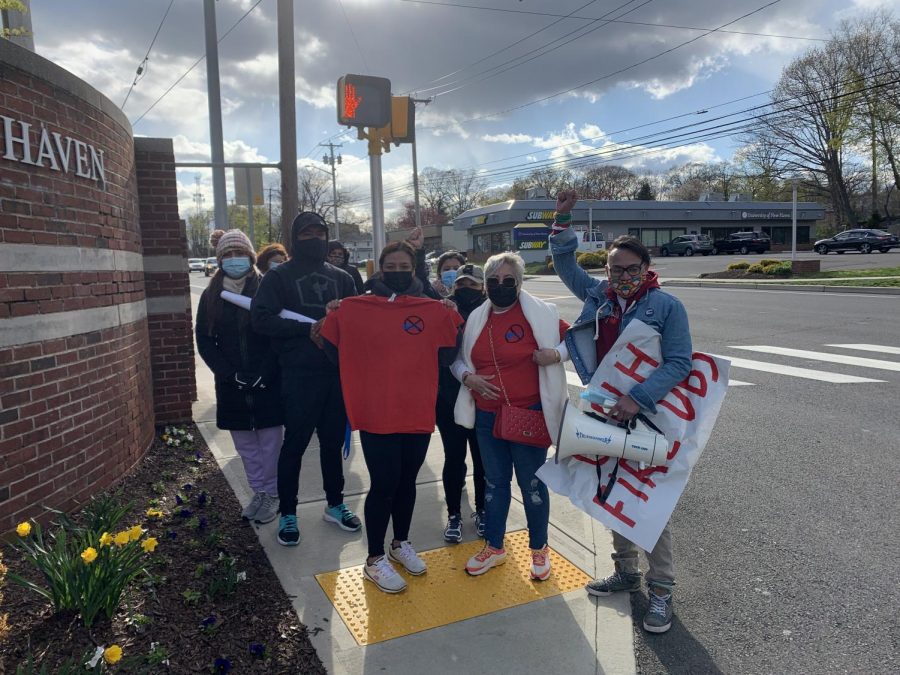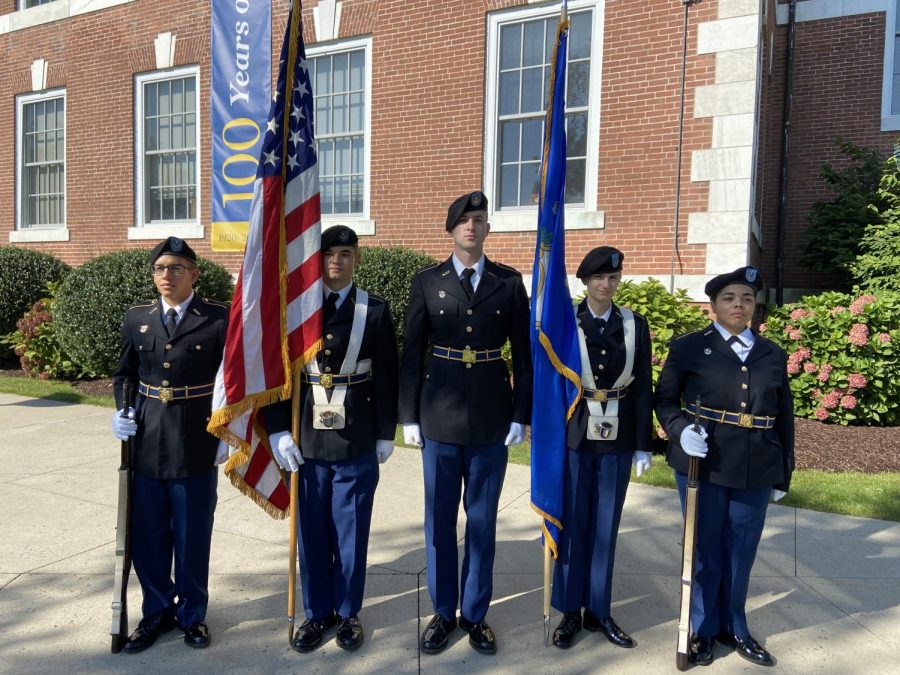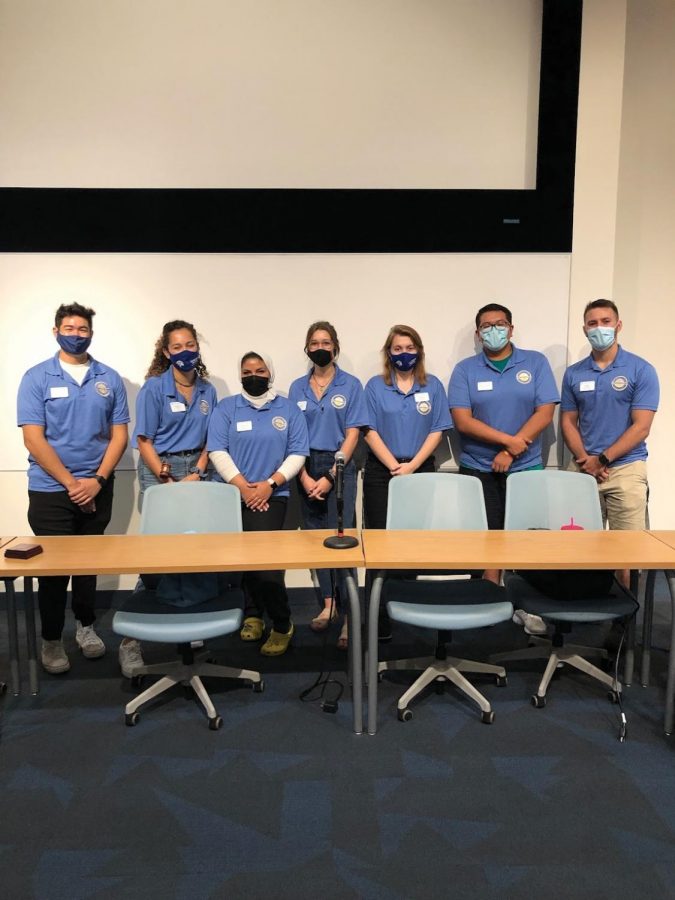October is best known for Breast Cancer Awareness, but breast cancer isn’t the only illness showcased during this month. For the first time on campus this semester, HOSA, Delta Alpha Pi Honor Society, and Psychology Club held a Dysautonomia Awareness week.
Dysautonomia is an umbrella term that encompasses any dysfunction of the autonomic nervous system. Any disorder that involves the unconscious functions, including; blood pressure, heart rate, pupil dilation and constriction, digestion, and temperature control is considered a Dysautonomia.
Throughout the week, a table in Bartels was set up, with a poster with huge turquoise writing explaining the disorder, as well as a chance to buy a turquoise ribbon to show support.
There are numerous forms of Dysautonomia and a presentation was given on Monday to accompany the poster that was shown during the ribbon and cake sales in Bartels that touched on four of those forms: Multiple System Atrophy, Pure Autonomic Failure, Neurocardiogenic Syncope and Postural Orthostatic Tachycardia Syndrome- one of the most common forms of Dysautonomia was focused on.
All four were touched upon, but the presentation focused most on POTS.
Pure Autonomic Failure and Multiple System Atrophy are similar to each other, as they are both degenerative disorders of the autonomic nervous system. Neurocardiogenic Syncope is characterized by blood pooling in the extremities, low blood pressure and a slow heart rate. The low blood pressure can lead to light-headedness and fainting. Other forms of Syncope, or fainting, are also categorized under Dysautonomia.
Postural Orthostatic Tachycardia Syndrome is estimated to impact up to three million Americans and millions more around the world on a daily basis. The diagnostic criteria is heart rate of 120 beats per minute or a heart rate that increases 30 beats per minute while standing. Severity of symptoms varies depending on the patient, while some have mild symptoms and are able to work and attend school. 25 percent of patients are completely disabled and unable to do regular day to day activities.
Research and education on POTS and Dysautonomia is extremely low, which causes a lot of misdiagnosed patients and an average diagnostic period of over five years for patients—which means that patients suffer for five years before receiving an answer.
The reason for having a week of awareness for this condition on campus was to help those patients—increase knowledge of this disorder and raise money to donate to research so that patients do not need to travel over 100 miles just to find a doctor that knows what the condition is.
In order for the clubs sponsoring the event to have the biggest impact, they planned a “Tweet-a-thon” in coordination with Dysautonomia International, the non-profit that seeks to educate and raise awareness, but also helps patients find doctors and support groups in their area.
Dysautonomia International created a list of sample tweets in hopes of reaching as many people on Twitter as possible and, by the end of the day, there were tweets coming in with facts about Dysautonomia from Spain, the United Kingdom, and even Melissa Joan Hart joined in raising awareness.
By the end of the week, anyone who learned about it or who is reading this now is a huge help to those who suffer.
When patients are struggling to find a diagnosis and seeing numerous doctors who tell them that their symptoms are “all in their head,” it can get to be extremely discouraging and disheartening. But just the simple knowledge and awareness can help; the money towards research can change lives down the road. Acceptance and awareness was the clubs’ goal, and because of the event, more people on campus were given the opportunity to become knowledgeable about Dysautonomia.










